Martin Dietze –
The last two years were turbulent for Karpaty Lviv. After another disappointing finish (third-last after season 2016/17) the club had surprised fans and journalists with a brand-new concept that aimed to transform the team into a contender for the UEFA Europa League. This was more than just a couple of new players, it was a change of philosophy. Newly-appointed trainer Sergio Navarro was supposed to teach the team football as played in the world’s supposedly strongest footballing nation – Spain. Also the club aimed to create a framework in which the club could financially survive (e.g. through player sales). The mastermind behind all this was vice president Oleh Smaliichuk who was also in charge of the club’s transfer policy.
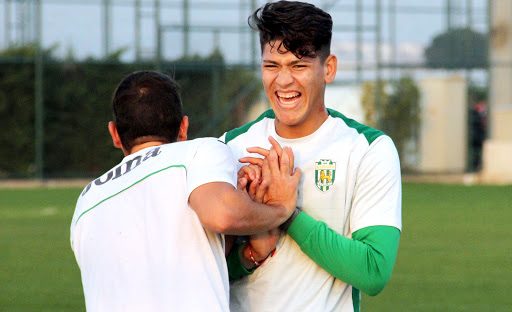
Jorge Carrascal, Photo: FCKarpaty.com
Karpaty – The “Los Karpatos” era
With Navarro came a number of spanish-language players, most of them from Europe’s lower leagues, but also two Ukrainians returning from unsuccessful spells in Spain, namely Karpaty’s “lost son”, attacker Marian Shved and midfielder Yurii Tkachuk. It is unknown who came up with it first, but soon “Los Karpatos” became the green-whites’ new nickname, and what the fans got so see on the pitch definitely looked different: a 4-1-4-1 with Arqués [a midfielder who had previously played in Spain’s third tier] acting as “pivot” between defence and midfield, ball control and short passing football preferred to the team’s traditional, more physical style of play.
The results in the first league matches were … disastrous. While the new style looked good it was terribly prone to counter attacks. Also it became more and more obvious that all the new players simply lacked the quality needed for playing this type of football. As Ukrainian sports journalist Viktor Vatsko sarcastically put it:
Real “tiki-taka” is played by people who can actually play football: Xavi, Iniesta. You won’t see any of that here. […] Arqués thinks he is Pirlo – a supporting midfielder who doesn’t fight for the ball. But technically and intellectually he is just the lace of Pirlo’s right boot.

Sergio Navarro, Photo: FCKarpaty.com
Consequently, trainer Navarro was sacked in September 2017, but the concept remained. After having avoided relegation rather comfortably under interim trainer Oleh Boichyshyn, optimism was regained in summer 2018, when the appointment of Portuguese trainer José Morais confirmed that “Los Karpatos” was far from abandoned. Surprisingly for many, Morais turned out to be a quality signing, and after a shaky start, the team started improving.
Soon Morais attracted other clubs’ attention and turned out to find life in South Korea more lucrative and less troublesome, so that Karpaty found themselves looking for a trainer again. In January 2019, Spaniard Fabri González was presented. González had a terrible record, having been fired after less than half a year by pretty much every single one of his previous 30 clubs, and under his supervision the team – additionally weakened by the winter break departure of Jorge Carrascal, Orest Lebedenko and later also Marian Shved – headed straight to a relegation playoff spot before he eventually resigned for health reasons in May.
Under interim trainer, Oleksandr Chyzhevskyi Karpaty went into the playoff against Western Ukrainian rival Volyn Lutsk, a team coached by former Karpaty goalkeeper legend Andrii Tlumak, and in two dramatic matches, with a bit of luck, managed to avoid relegation.
The aftermath
After some speculation (many had hoped that the club could convince Andrii Tlumak to join) the club finally decided to give Chyzhevskyi a chance and made his position permanent.

Oleksandr Chyzhevskyj, Photo: FCKarpaty.com
There was little to envy him for. In last season only the midfield had been of the necessary quality, the defence a total disaster, and the team had lacked firepower. To make bad things worse, the key player exodus continued in July: both, right wingback Denys Miroshnichenko and right midfielder Serhii Myakushko refused to sign new contracts and moved on as free agents. Defensive midfielder and playmaker Martin Hongla for whom the club had a buyout option was recalled from his loan for a cancellation fee of €350,000 which was most likely considerably less than what the club could have cashed in on him otherwise.
There were also some significant changes off the pitch. Club vice president and sports director Oleh Smaliichuk, the man behind “Los Karpatos”, stepped back and was replaced by Rostyslav Yashchyschyn in May, and in June recruiting was taken over by Vadym Shablii – one of Ukraine’s best-known but also controversial player agents. “Los Karpatos” was history.
Was it all bad? Certainly not. While a large number of players were signed (and released later), some of them developed well. Carrascal was loaned to River Plate and brought in 3.5 Mio Euro (while the player had cost €2 million) after his new club had executed its buyout option this summer. Di Franco is a first-team regular and is on several bigger clubs’ shortlists. Sebastián Ribas who was unsuccessful in Lviv, still earned the club several hundreds of thousands when sold on to Lanús last year. With the inflow of transfer money the club was finally able to settle some old debts and probably even avoid a looming bankruptcy.
Financial situation
Since the beginning of the war in 2014 attendance to Premier Liha matches has dropped significantly, so that often less than 2,000 fans come to see Karpaty home matches. Hence funding needs to come from elsewhere. Most Ukrainian clubs are owned by the country’s oligarchs, and with Petro Dyminskyi holding half of the club’s shares Karpaty are no exception from the rule.

Former Karpaty striker Marian Shved, Photo: FCKarpaty.com
Dyminskyi who has fled Ukraine after his involvement in a fatal car accident in 2017 can be considered pretty controversial. He has been investing enough to keep the club alive over the last years, but how far his commitment goes does not seem entirely clear, and fans have repeatedly called on him to either ramp up his engagement or sell the club to an investor with some more ambition. Still Karpaty are in a far better situation than other UPL clubs which simply went bankrupt after their respective donors had withdrawn. Like many other Ukrainian clubs, however, Karpaty did have some financial difficulties, as could be seen by the scandal around former player Volodymyr Hudyma that led to several penalties from the UPL against the club in 2018. In August this year FIFA issued a temporary transfer ban on the club after it had been found to owe former player Eric de Oliveira some money, but the debt was paid quickly and the ban subsequently lifted before the end of the transfer window.
This situation led to the above-mentioned a business model of developing players and trying to sell them for a profit. The “selling club” strategy recently made the club some nice money, besides Carrascal and Ribas, the club also sold on Vasyl Kravets (€1 million after his transfer from CD Lugo to CD Leganés), Marian Shved (€2 million from Celtic) and Orest Lebedenko (€700,000 from CD Lugo). And for that reason of course losing Miroshnichenko and Myakushko as free agents was so painful. On the other hand selling key players needs to be compensated by already having developed potential replacements, and this can go wrong pretty easily as last season shows. Still the club looks more financially sound these days than it used to before “Los Karpatos”.
So what is available now and what will be targeted for strengthening (or in this case even rebuilding) the squad? Like most other Ukrainian professional football clubs Karpaty cannot afford paying significant transfer fees for players. Consequently, whoever is required needs to be signed as a free agent, loaned (ideally with buyout option) or promoted from the academy – which is one of the country’s better ones. In order to keep salary costs low as well as for the perspective of developing and selling, young players are preferred on the transfer market. Usually a larger number of young (and cheap) players are signed and then released again after as little as six months if unsuccessful. Hence, the signing of a fully developed central forward can be ruled out – regardless of how much one would be needed at this point.
The new squad
For the second time within only two years the team has been pretty much rebuilt from the scratch. There is little left from “Los Karpatos” – apart from Di Franco all players with Latin American background have been released or sold. Almost all new arrivals have a Ukrainian or at least European background.
Goal
Since the winter break experienced Maksym Kuchynskyi had been the team’s number one. Herman Penkov, considered very talented by many, hardly got any pitch time. Home-grown talent Roman Pidkivka had been said to have some private problems, got demoted to the U21 and left for Arsenal Kyiv where he quickly regained form and played a strong rest of the season.
Though goalkeeping had not been the core reason for Karpaty’s catastrophic season, both, Kuchynskyi and Penkov, were released from their contracts. Instead Oleh Kudryk came on loan from Shakhtar II, and Pidkivka was brought back from Arsenal.
Defence
For most of the last two seasons the team had been playing with a back three and two advanced wingbacks. This turned out too prone for counter-attacks because the three central defenders – large, physically strong, but also slow and inflexible – were often unable to also cover their flanks and were rather easily outplayed by more agile attackers.
The new management team’s reaction was radical: 5 central defenders (Andrii Nesterov, Adi Mehremic, Papa Gueye, Nika Sandokhadze, Artem Fedetskyi) left, and six new were brought in: Franjo Prce (CD) from Omonia Nikosia (who, in a rather bizarre move, was subsequently released from his contract again just before the end of the transfer window), Serhii Vakulenko (CD) from Shakhtar II, Luxemburg internationals Marvin Martins (RD) and Tim Hall (CD) both from Pr. Niederkorn, Vladyslav Dubinchak (LD) loaned from Dynamo Kyiv II and veteran Oleksandr Kucher (CD) who joined as a free agent. From last season’s defence only 2 remained: Oleksii Kovtun (CD) and Andrii Busko (RB).
Midfield
The midfield used to be the team’s strongest part, but two of its best, Myakushko and Hongla, left, and with them a lot of attacking quality and creativity. The new signings seemed to indicate a tactical change on the agenda since rather than finding a replacement on the right-wing.

Artem Kozak, Photo: FCKarpaty.com
Four central midfielders were signed: Artem Kozak from Arsenal Kyiv, Abukar Mohamed on loan (with buyout option) from Lazio, Volodymyr Yakimets from Shakhtar II and Yehor Nazaryna on loan (with buyout option) from Royal Antwerpen, also attacking midfielder Frane Vojković from Hajduk Split II. Nazar Verbnyi returned from his loan spell at Rukh. Dmytro Klyots has meanwhile been promoted to the team’s captain, and youngster Roman Tolochko will be hoping for some more first team pitch time.
Attack
In the last season the attack was the second problem child – after Marian Shved’s departure it critically lacked fire power. Oleksii Hutsuliak is fast and and technically sound, but he is anything but a clinical finisher. Francisco Di Franco is a hard-working allrounder and probably best when playing as a classical “10”, unfortunately there was no such position in most of last season’s setups. So all the pressure was on Cristian Ponde who has good finishing abilities but lacks speed and physical strength for the position of a lone striker.
Hence some transfer window activity was unavoidable, and a number of young players were signed: wingers Hisham Layous (18) from Israel and Kiryl Kirylenka (18) from Belarus, João Diogo Jennings (20) loaned from Brazilian second league outfit Figueirense FC for a year and – pretty much in the last minute – Alexandru Boiciuc (22), a tall central striker from Vejle BK. There is also another winger – Rostyslav Lyakh – from the club’s academy who seems to be close to making his way into the first team.
As usual, also a number of players left: Ihor Karpenko and Andrii Remenyuk had returned from their respective loan spells, played well in the preseason friendlies, but were nevertheless loaned out again. Kevin Méndez was fired for disciplinary reasons, and, rather unsurprisingly, Roman Debelko was found surplus to requirements and released from his contract.
Tactical Setup
In the pre-season friendlies Chyzhevskyi usually preferred a 4-3-3 to his predecessor’s 3-4-3. The attacking full-backs Martins and Dubinchak resemble what we had seen with Miroshnichenko and Lebedenko under José Morais. In central defence Kovtun and Vakulenko are not as tall as Sandokhadze or Gueye but more agile and generally better footballers.
The three central midfielders would usually form a triangle of a double-”six” and a “ten”, so that, when the wingers fall back into the midfield the system would in fact look like a 4-2-3. Up front we usually saw Hutsulyak and Di Franco on the wings and Ponde in the center.
In the last few matches Chyzhevskyi seems to have abandoned this setup and started preferring a back 3 with advanced wingbacks again. After a shaky performance against Olimpik the defense seemed to have adapted and no longer exposed the same problems as in last season.
The new season
As if the club had not had enough problems already, the schedule for the season-opening was more than tough: as expected, the first two matches – home against Dynamo and away to Shakhtar – brought zero points and zero goals. However, debacles could be avoided, and morale was still intact when the team got a deserved draw against Mariupol in week 3. An away win against Olimpik, a home loss to Zoriya and an away draw against Desna followed.
Consequently, Karpaty found themselves in the bottom three for now, but there is also reason for hope: the team’s performances against stronger opponents (Dynamo, Shakhtar, Zoriya, Desna) were disciplined and orderly, and with more firepower up front they could well have got out with more.

Marvim Martins, Photo: FCKarpaty.com
Whether or not the new signing, Alexandru Boiciuc, will be able to solve his team’s problems in the attack, cannot be predicted yet, but his first performance for Karpaty in last weekend’s 0:0 draw against Desna (the very team that had considered him not good enough only a few weeks ago) looked promising even though he did not score. So, with Karpenko on loan, the team will have to rely on him and Ponde plus probably Hisham Layous and João Diogo Jennings who are even less natural central forwards than Ponde is. Consequently, teamwork and creativity creating chances will be even more important now – and the pressure on midfielders and wingers will rise.
How have the new signings performed so far? In midfield, Vojkovic has already shown some promise. To the surprise of many Artem Kozak has been playing mostly for the U21 so far, but has done quite well there. In defense, the attacking full-backs Martins and Dubinchak and central back Vakulenko have been consistently strong, and – surprisingly for many – so has been Roman Pidkivka in goal who had already been ridiculed by fans but then made it into the UPL team of the week after rounds 3 and 5.
Full reset – enter Roman Sanzhar
As if there had not already been enough changes there was another surprise waiting after round 6—just as the team went into the international break—the club decided to replace Oleksandr Chyzhevskyi. The new man was former Olimpik trainer Roman Sanzhar. There were rumors that Sanzhar had been favoured by Vadym Shablii who now finally got his man. Chyzhevskyi was retained and took over the youth squad again while now Sanzhar is in charge of the first team.

Roman Sanzhar, Photo: Wikipedia, Lizenz Creative Commons Attribution-Share Alike 3.0 Unported
We are yet to see the changes the new man is about to bring. Like his predecessor he is relatively young (40) and a former UPL player. He was born in Donetsk, and so far he has always managed Eastern Ukrainian clubs. While in charge of Olimpik he finished 4th in season 2016/2017 and reached the Europa League qualification – all that with pretty much a low budget squad. He also has a reputation for being a “new generation” trainer of good qualification.
Whether he can be a success for Karpaty remains to be seen. Due to his link to Shablii, we can safely assume that he will be happy with the choice of new signings made in the last transfer window. He usually prefers a 4:2:3:1 system which is pretty close to the 4:3:3 played in this season’s first matches. This appointment, however, remains controversial since Chyzhevskyi’s tenure had not been a failure at all – the squad had clearly improved under his regime.
Karpaty – Outlook
After last season there were many naming Karpaty as one of the top candidates for relegation. While this has become more unlikely mathematically – at the end of this season only one team will be relegated – the team’s performances in the first matches have also shown that it should really be able to stay up. And it wouldn’t be Karpaty if not now the first were already talking about a top-six spot. Looking at the problems the team still has, this seems rather unlikely, too. Probably a finish somewhere in mid-table seems most likely after all.
The team around the new trainer – together with the club management – will in a way need to continue with what Oleh Smaliichuk had started: try to form a competitive blend of experience and homegrown talent in which young players can evolve, contribute to their team’s success and in the end help generating revenue that the club needs to survive.
The last two years have shown that finding a good balance here is anything but a simple task, and this isn’t the only thing contributing to the enormous pressure Roman Sanzhar has accepted when joining. A good number of the club’s fans are openly hostile to him for the sacking of popular Oleksandr Chyzhevskyi. To win them over he will need to prove that under his guidance the team actually gets better and also show that he can eventually fit in culturally.
The club’s top management, on the other hand, must understand that having appointed a new trainer was probably the simplest of measures. For the “Los Karpatos” legacy to work, clear commitment, as well as investment in the youth, are crucial. The club already has one of the country’s better academies, and it needs care and attention to keep this status or even improve. Without this, there won’t be players of sufficient quality to integrate into the new team, and the club’s very existence may soon be in danger again.
Claims that this very season will be decisive for the club’s destiny still look premature. However the changes we have seen only in the last 3 months are almost as radical as “Los Karpatos” was. Whichever way things will now develop, one thing seems certain: it won’t be boring.
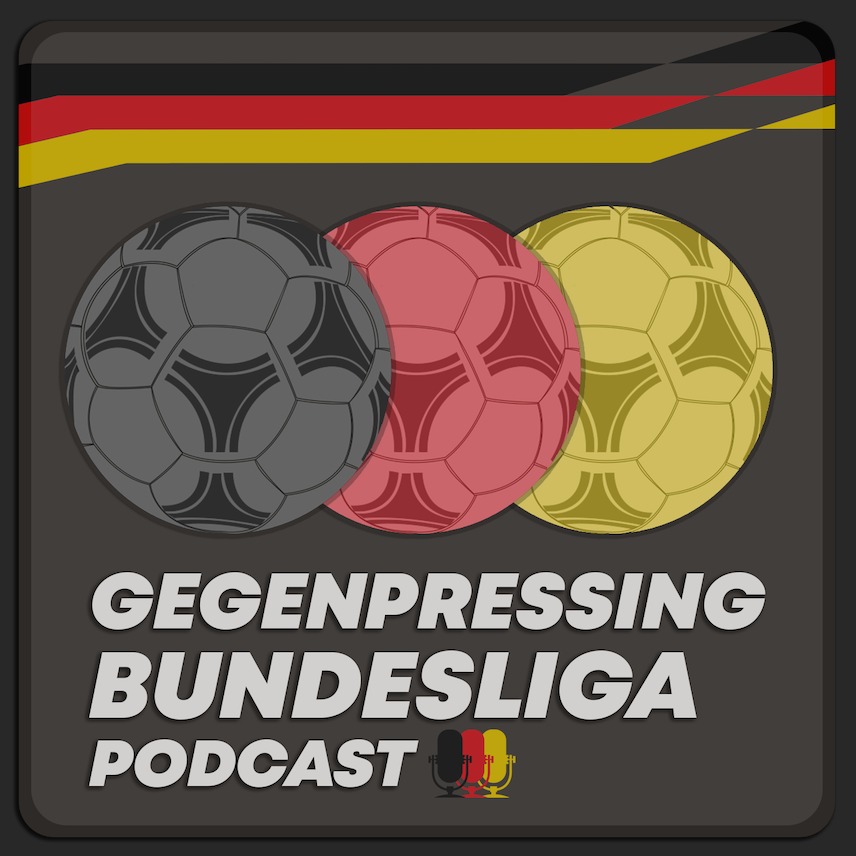

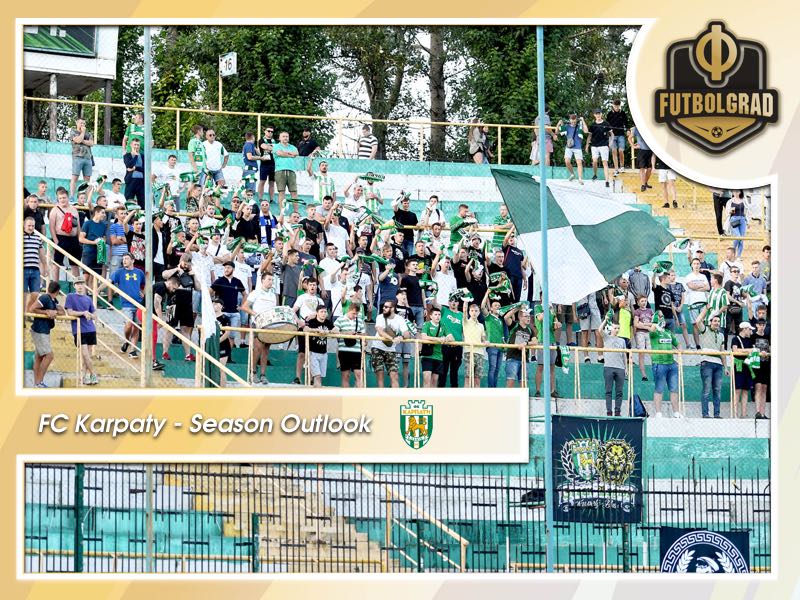
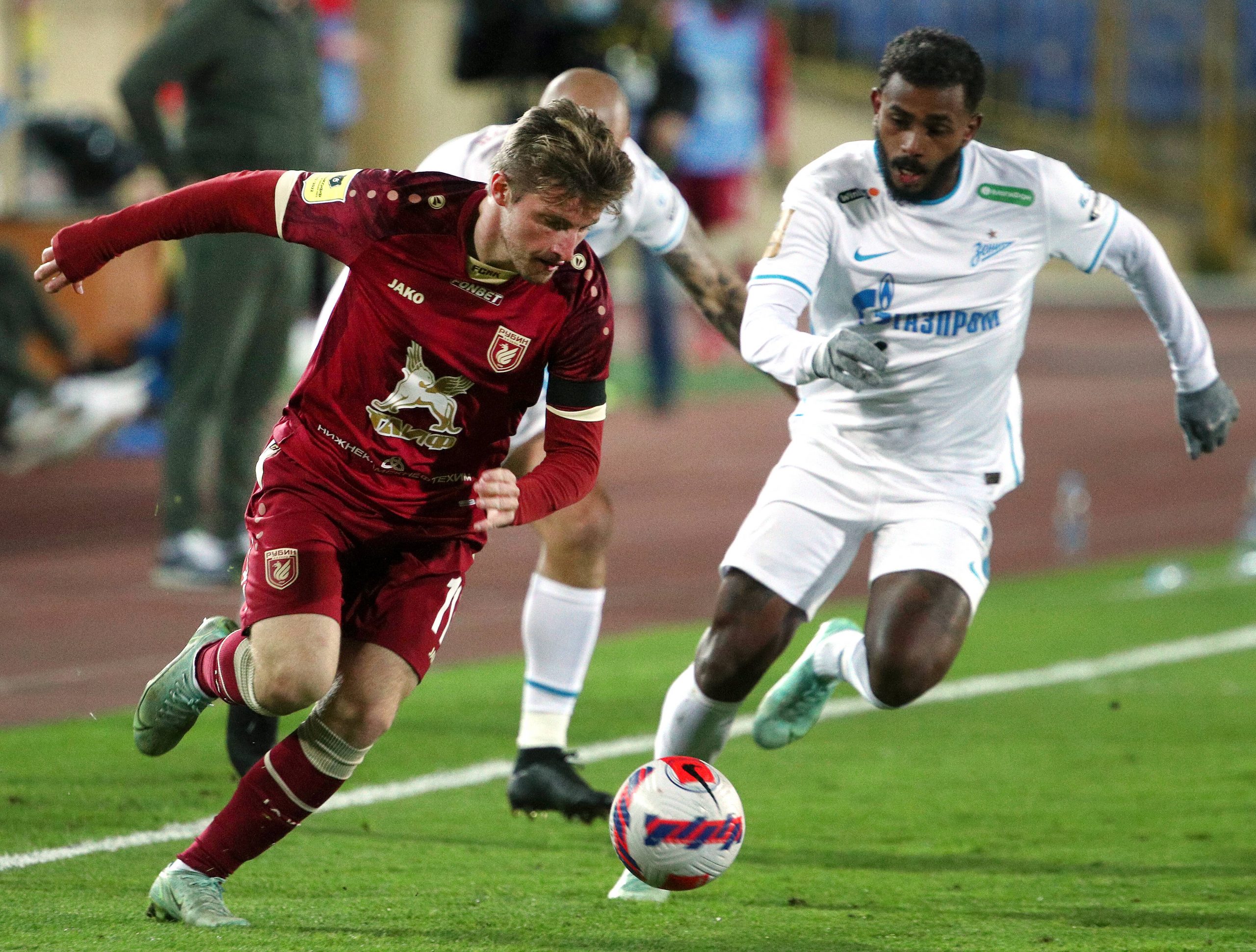
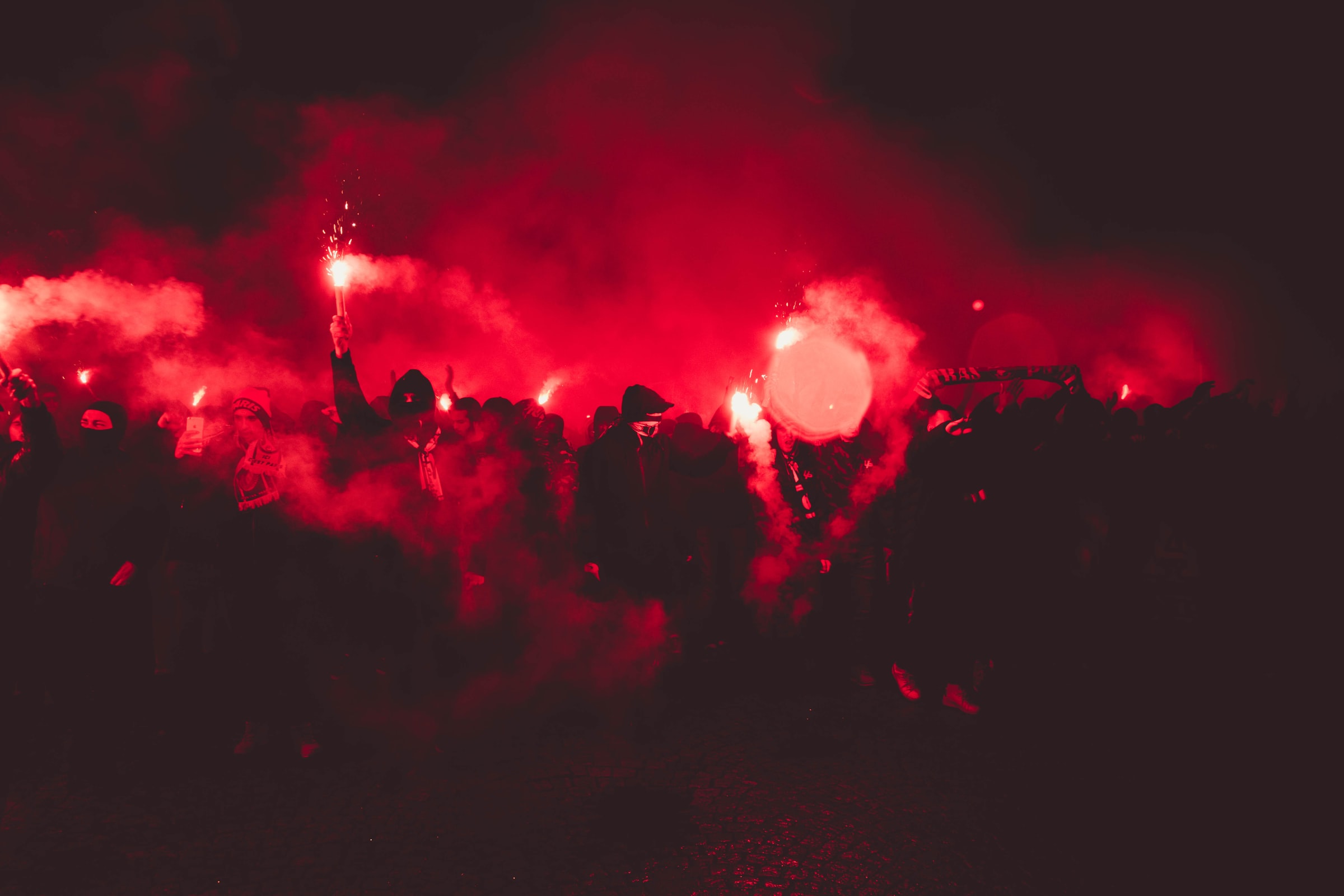
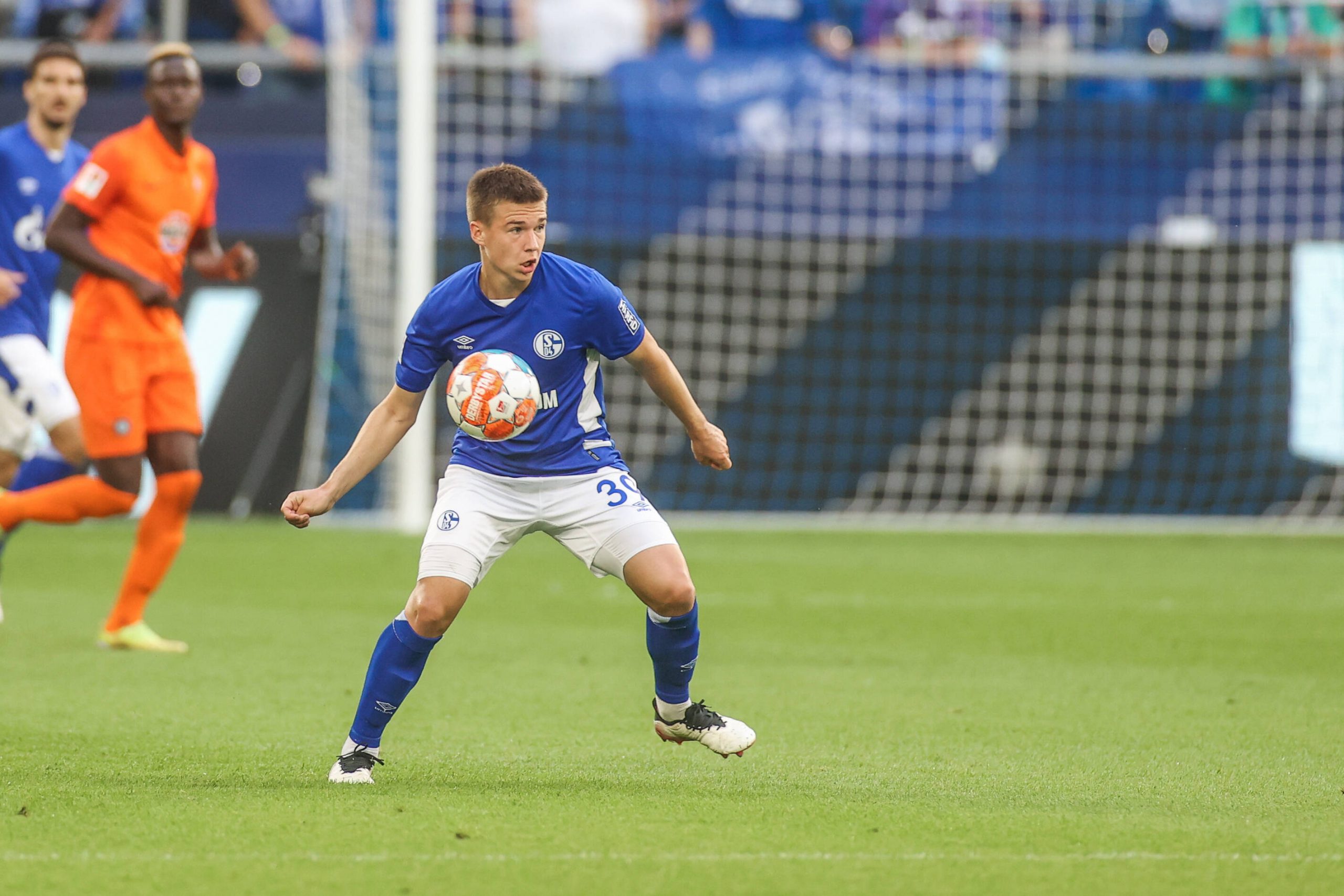
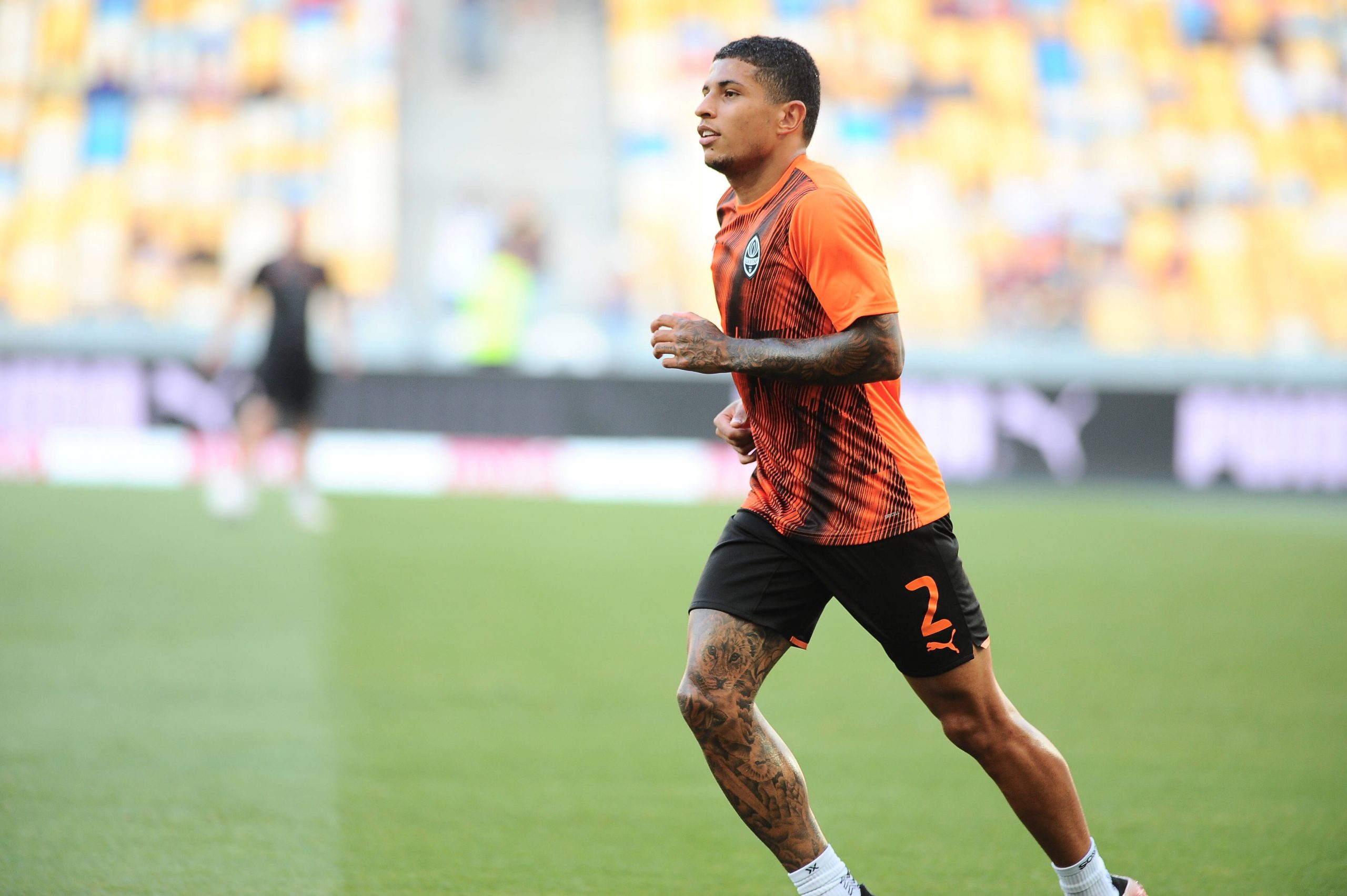
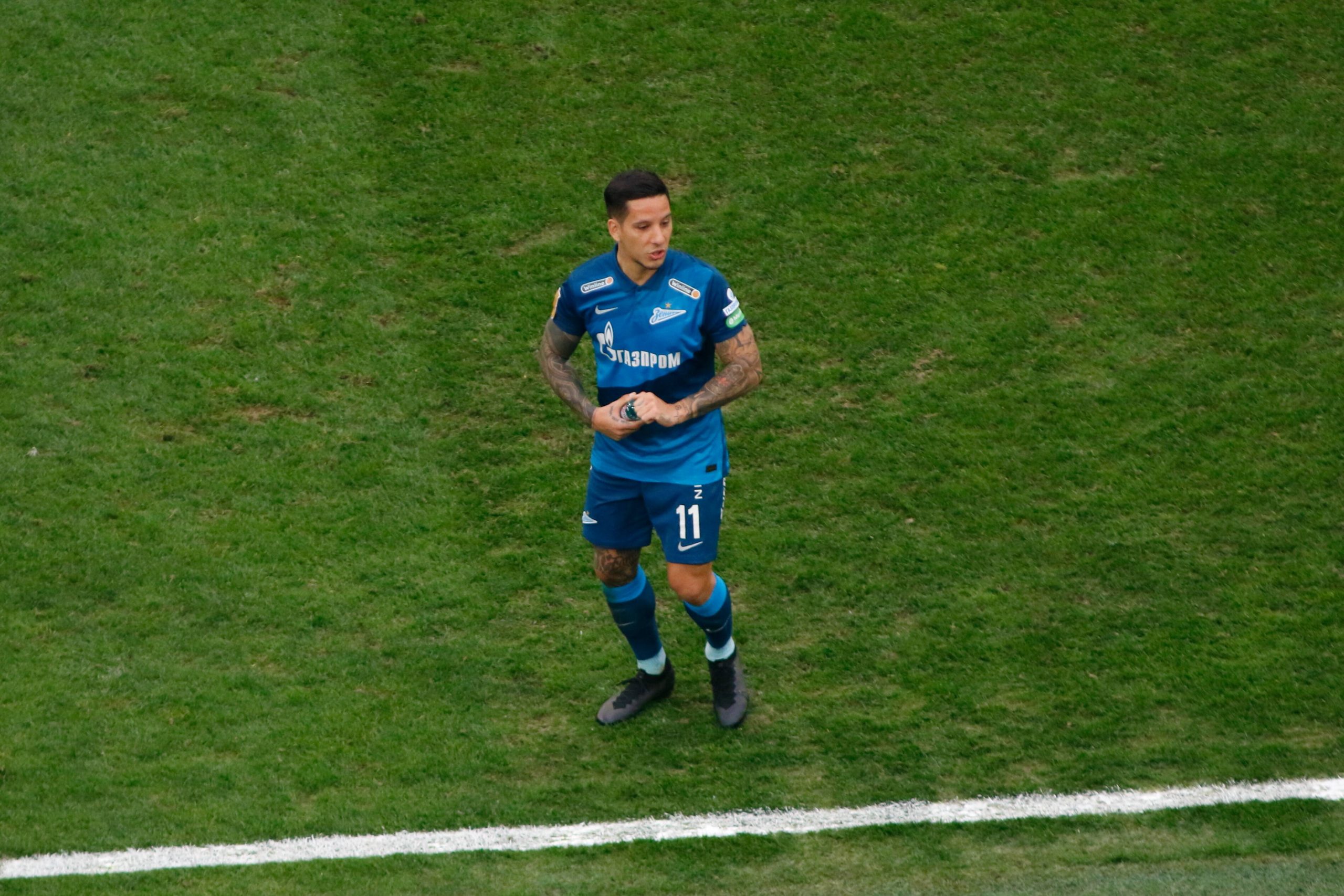
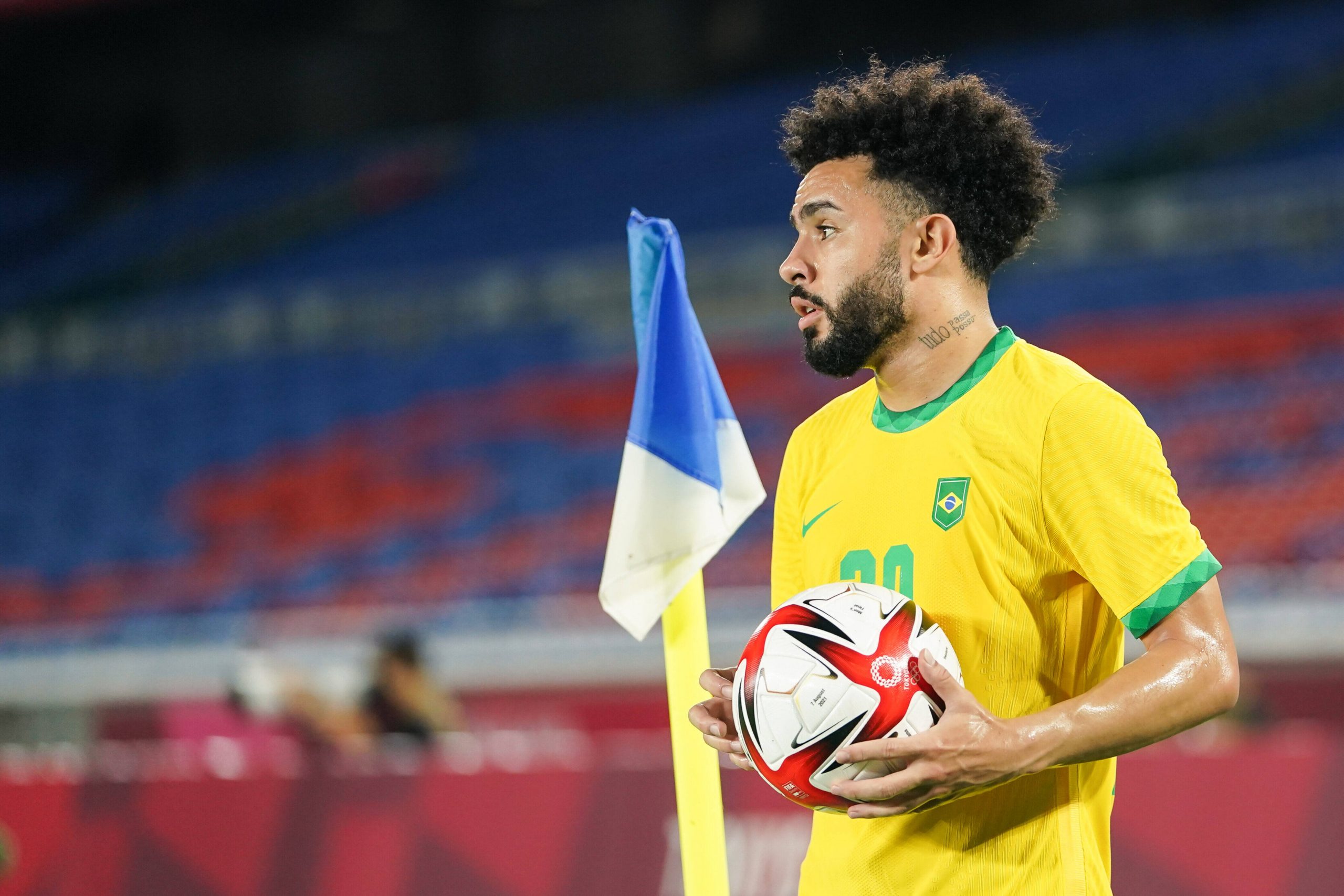

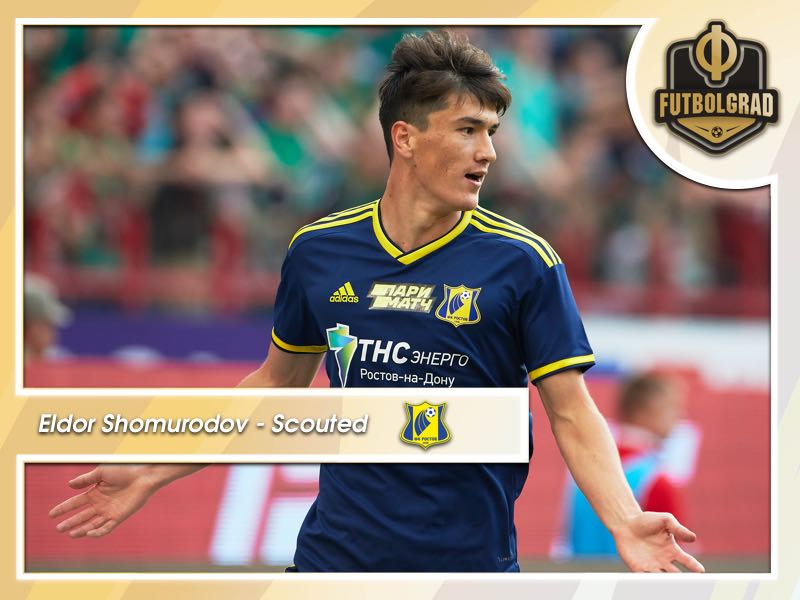
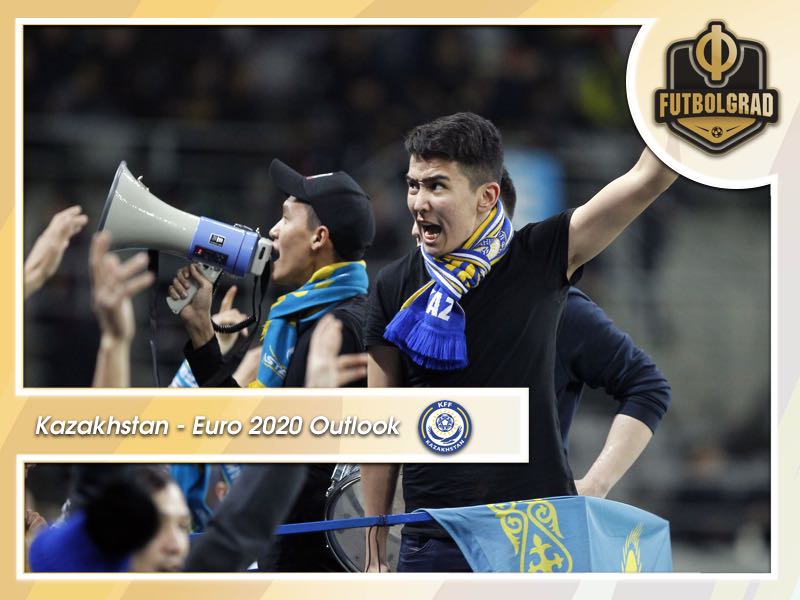
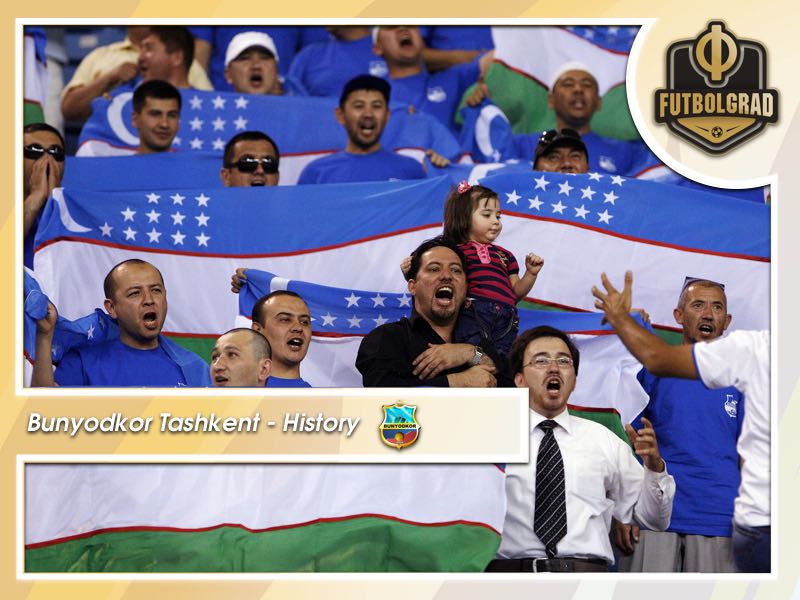
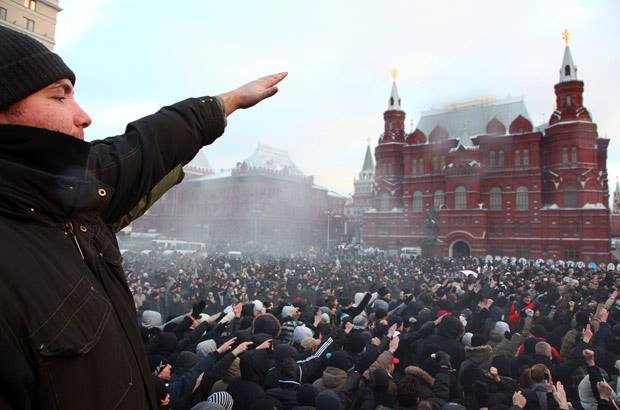
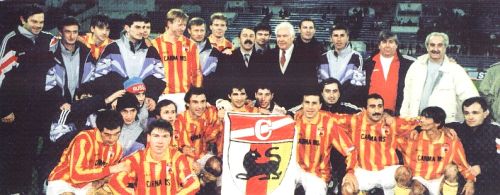
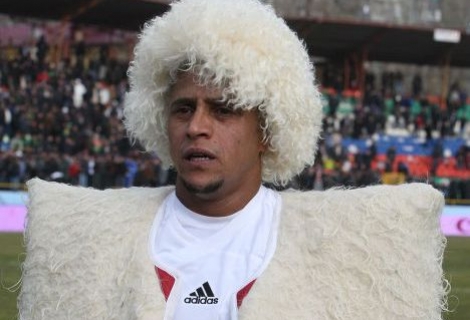
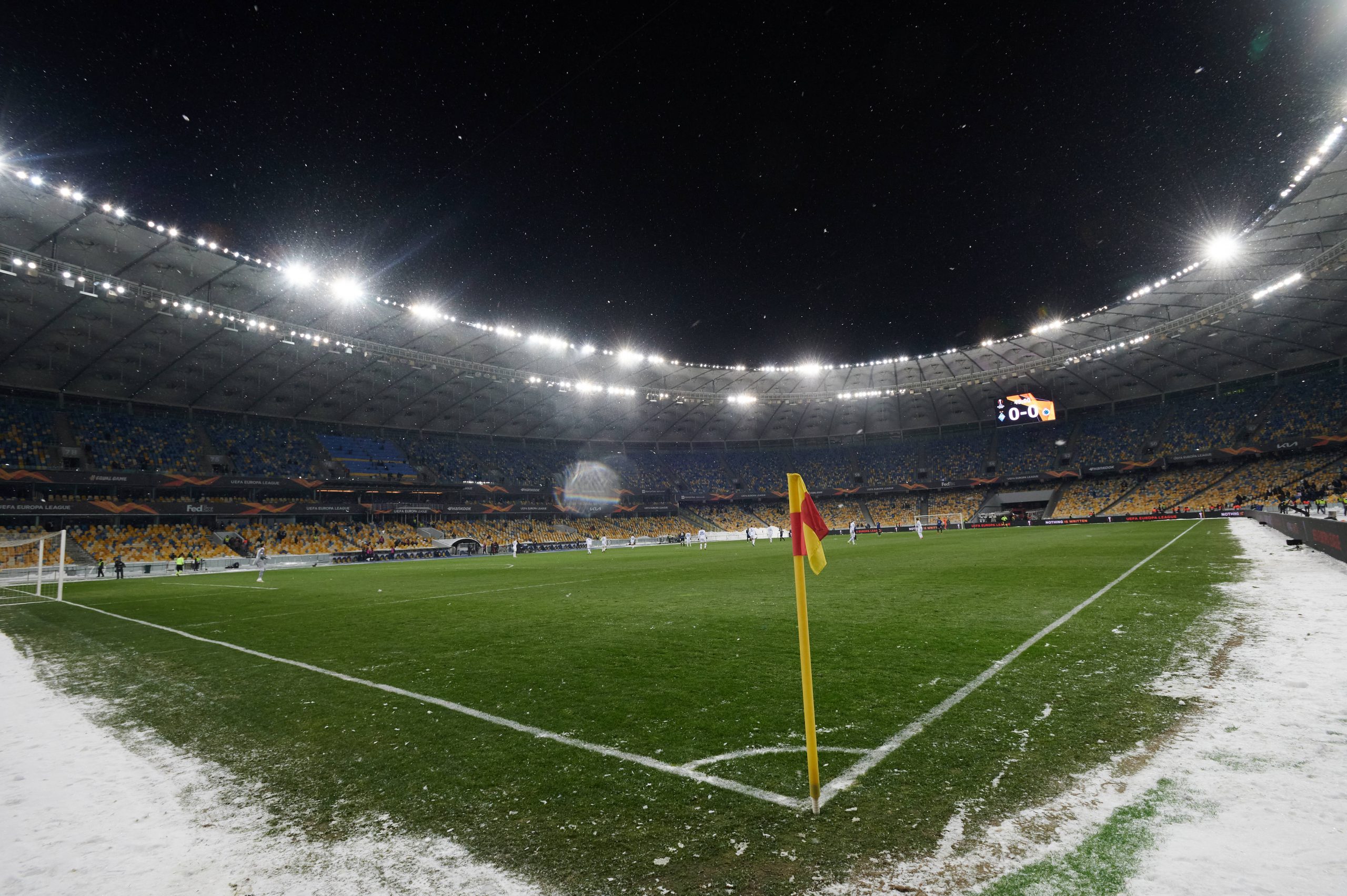
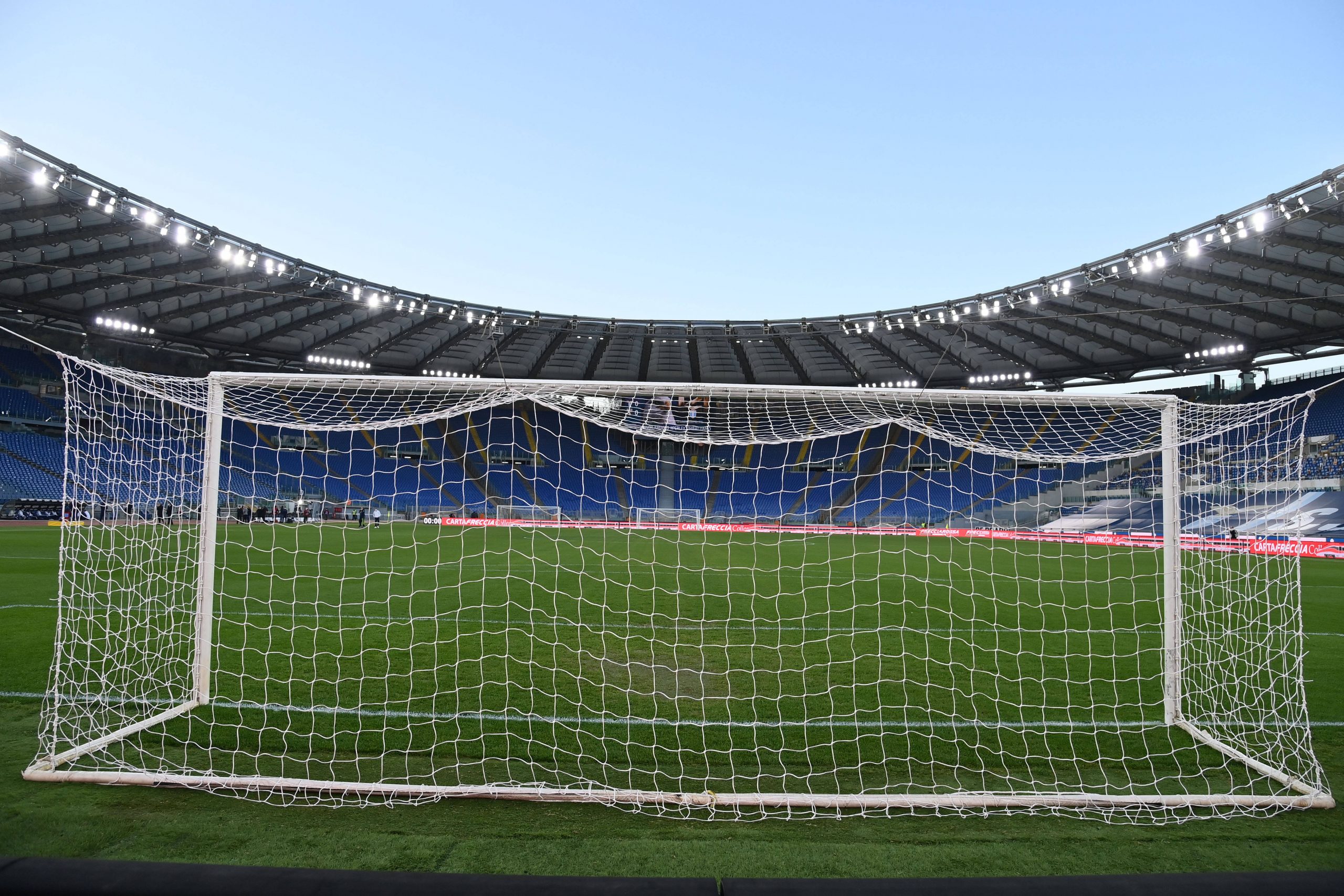
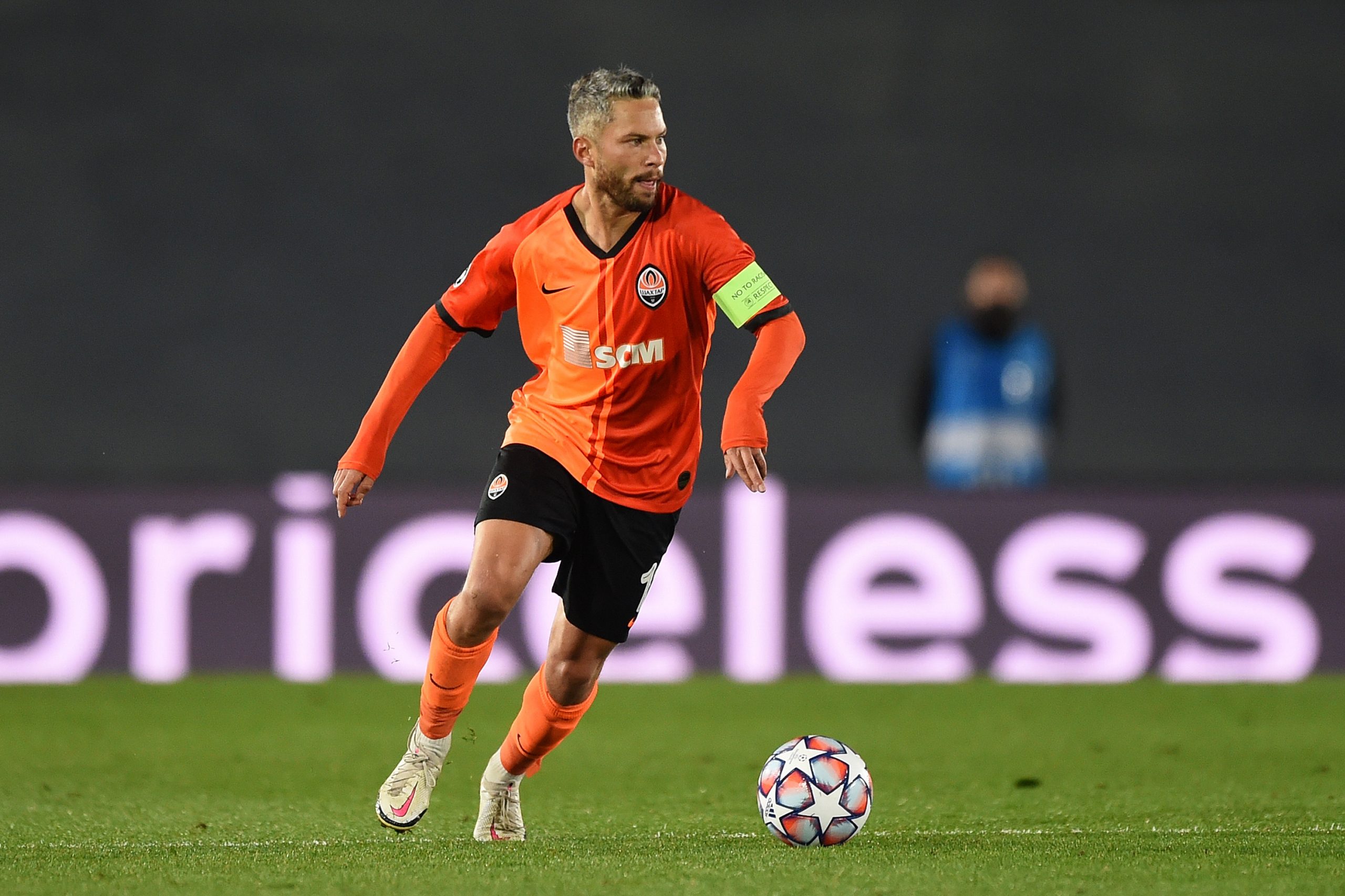
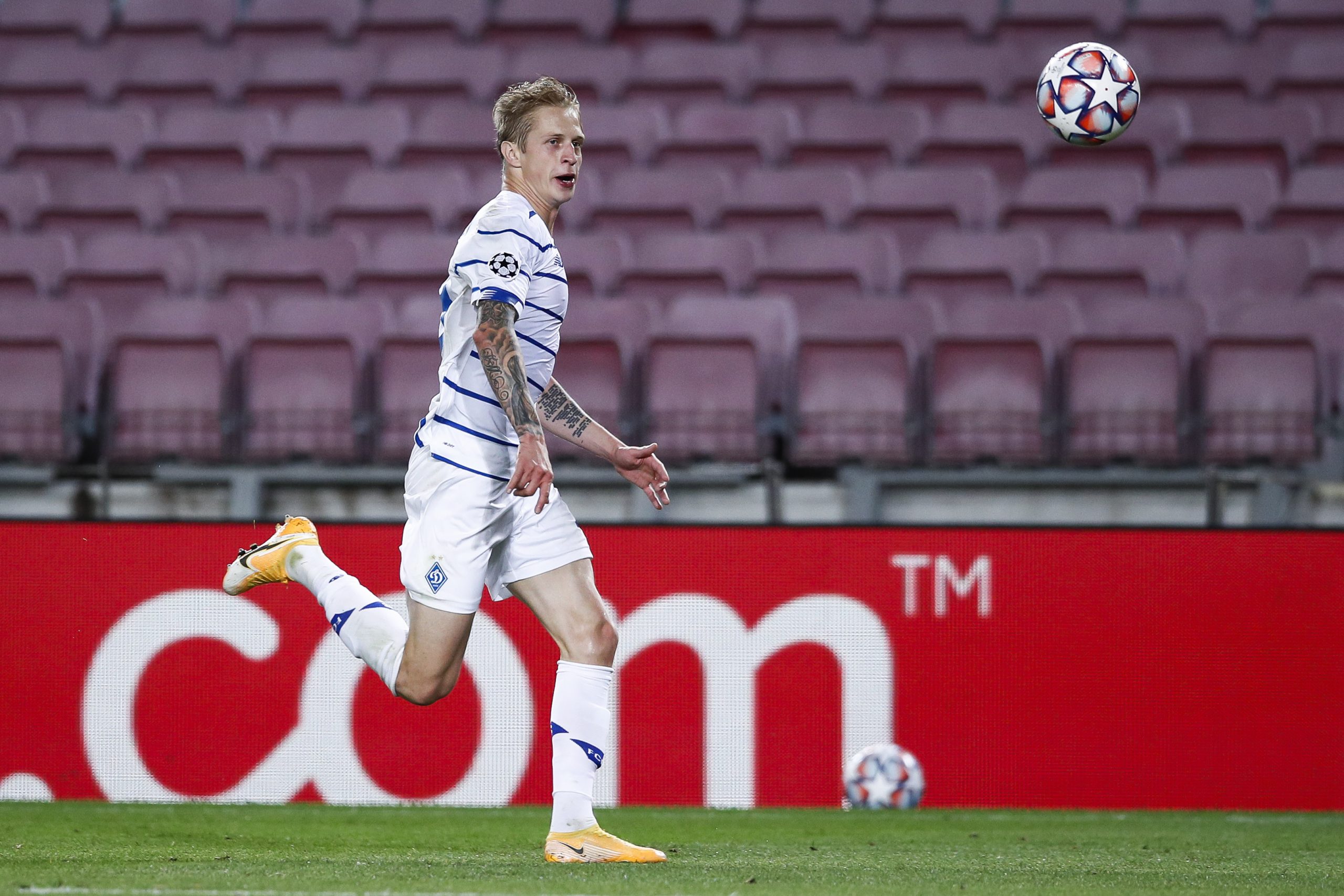
COMMENTS